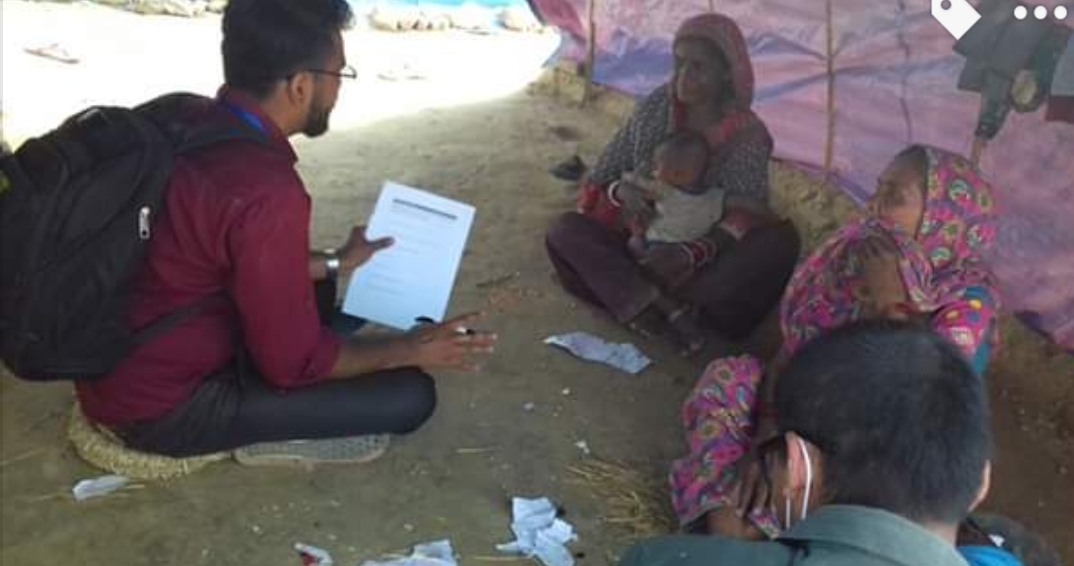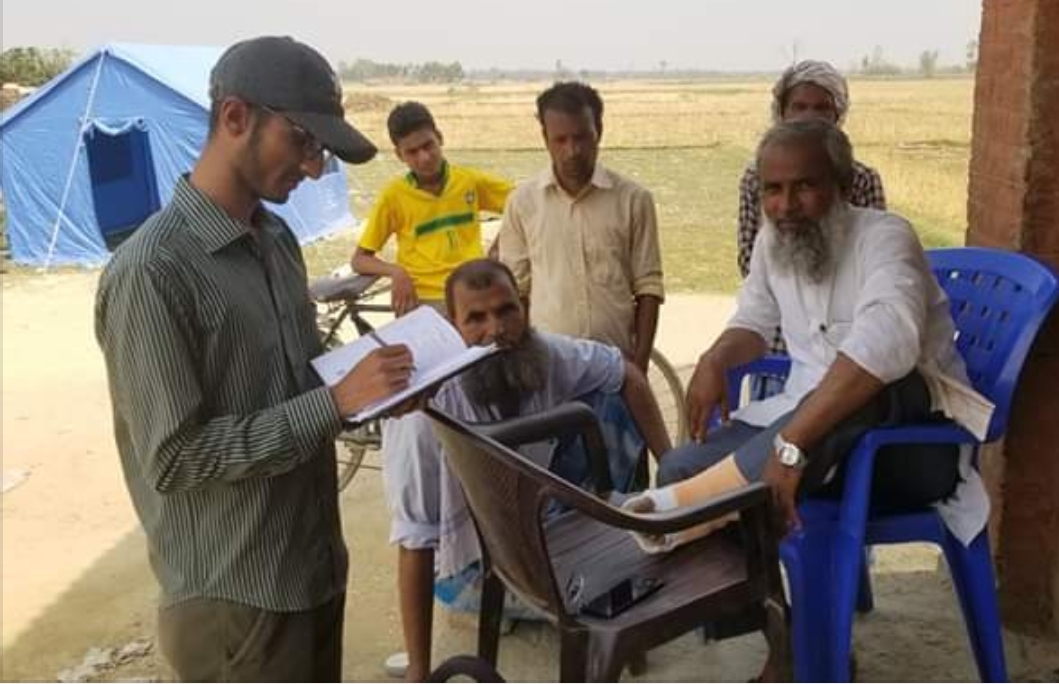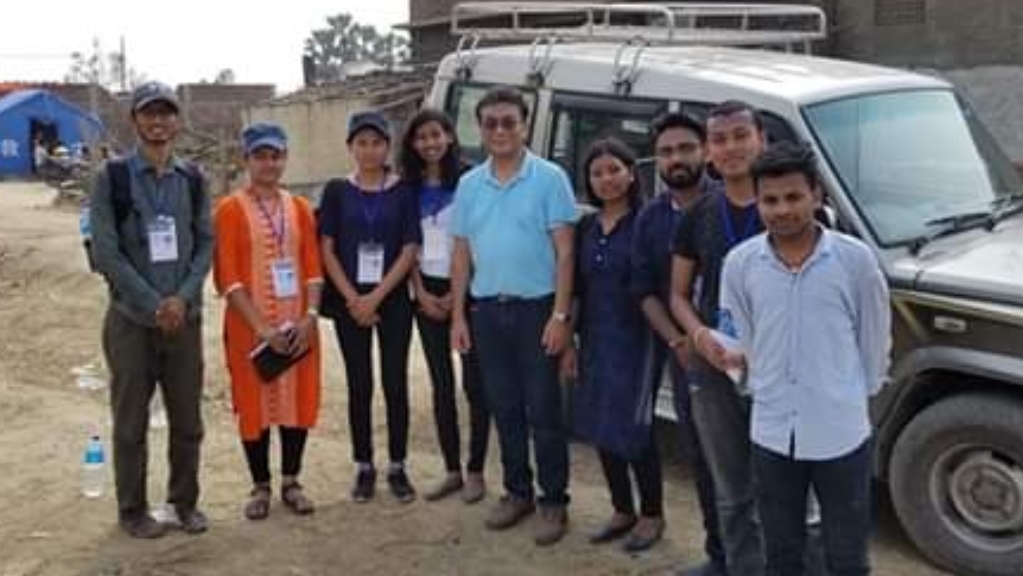Bara Disaster Management
April 11, 2019

-
After the storms hit Bara on March 31, 2019 (Chaitra 17, 2075), NPHF and PSRN took initiative to help the victims. The need for Psycho-social counselling was felt and thus a team with 8 member was formed (who were fluent in local language and inclusive of gender and different faculties in IoM) from PSRN- student’s chapter and provided them with basic training of psychosocial counselling. The initiative for this was done by Dr. Mahesh Maskey and Dr. Sharad Onta.
This training was given by Department of Psychiatry and Mental Health in Institute of Medicine for 2 days. The team travelled to Bara on Chaitra 28 under the leadership of Dr. Birat Kumar Gautam and included Dr. Homendra Kumar Sah, Sushma Sah (BPH), Anita Shah (Nursing), Priyanka Chaudhary (Pharmacy), Kriti Karn (BASLP), Bivek K. Sah (MBBS), Saroj Chaudhary (MBBS). The team met with Dr. Madhav Lamsal who was the representative of government and provided them with necessary orientation. Since, a need for manpower to analyze the consequences of the storm by directly talking with the victims, was felt, the objective was extended to:
? To provide Psycho-social counselling to victims of Bara storm.
? To analyze about various aspects of disaster management:
? Initial Rapid Health Response (IRR)
? Health Services after IRR.
? Distribution of Relief Materials
? Public health Issues
? To Relay of information to health officials at work
? To Discuss on the short-comings of disaster managementFor Eg: importance of First Aid with authorized personnel (Ward chief) was done.
The Findings of our visit were:
? The majority of effected household were kachha houses while the majority of deceased were from non-pillar brick houses.? The immediate effort of local people and use of local resources in the management of injured people was one of the important factor in keeping the number of deceased to a minimum.
? Lack of a trained first aid management team led to improper transportation of the injured ones which might itself have increased the trauma and be the cause of long term disability.
? The hospitals nearby showed clear lacking of disaster preparedness skill but provided a strong support system to the health management.
? The health intervention and management of injured people have been adequate and effective.
? The distribution of relief material was almost adequate and was executed in a very planned manner after few day of the event leading to nearly homogenous distribution (except few areas).
? Lack of proper demonstration of use of relief materials was found to be a serious issue especially with piyush and chlorine tabs.
? The prime concern of the affected people for now was found to be re-building of their houses.
? The most important limiting/delay factor for progress towards rehabilitation of homes was the attitude of people and dependency upon government along with direction of some stakeholders to wait for it.
? The health post in-charge and FCHVs were the key person for health promotion activities but in some areas they were not as effectively done as it should have been.
? Recreational activities was found to be one of the most effective way to decrease the psycho social distress.
After 7 days of visit, the team became successful to achieve their objectives and returned to Kathmandu on Baisakh 04, 2076. Presentation was done at NPHF on Baisakh 07 and subsequently in PSRN and IoM.


